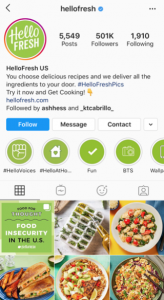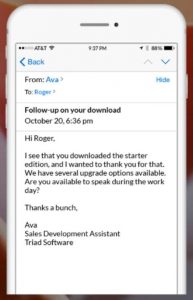What Brands Can Expect As Stay-At-Home Orders End
North Americans spent more than sixteen hours per day online for much of the COVID-19 quarantine, up 30% compared with a year ago. Analysts expect that time to decline to thirteen hours and twenty minutes during the next 12 months as people return to their daily lives and routines.
The findings from Activate Consulting’s report — Rewire to Restart: The Post-Covid-19 Agenda for Technology and Media Companies — show how technology and media habits have changed during shelter-in-place orders and what will happen when consumers return to their new normal.
During the onset of the COVID-19 pandemic, consumers turned to Amazon until they searched and didn’t find the items they needed, either because the items went out of stock or because they fell under strict shipping guidelines.
Amazon search declined from 59% to 42% as the COVID-19 pandemic forced consumers to search and shop elsewhere. During that time, Walmart, Best Buy and Costco page views surged between 91% and 220%, according to the data.
This has become an opportunity for brands to gather data from consumers as participation in online grocery use continues to spike.
Some 14% of online grocery shoppers are new, and some 36% say they are likely to continue online grocery shopping, compared with 39% who are unlikely to continue after shelter in place ends in the U.S. About 25% are not sure.
The findings also suggest a 26% increase in live sports viewership. While 48% say they will watch the same amount, 19% say they will watch significantly more and 20% say they will watch somewhat more, while 7% will watch somewhat less, and 6% say they will watch significantly less.
During the pandemic, 44% of consumers signed up for new streaming services, but for 18- to-24-year-olds this media, along with audio and video, will offer significant opportunities for brands during the next 12 months.
Analysts expect time spent with gaming will increase by 21%, audio by 12%, video by 11%, and searching and browsing by 3%. Social media is expected to fall by 5%.
Interestingly, an increase in demand for streaming video is leading to a higher willingness to pay for content, but Activate Consulting suggests providers will need to restructure pricing and increase services to sustain demand and retain subscribers.
For consumers who signed up for services during the COVID-19 pandemic, price is less important. These consumers want a better user experience.
Consumers also have become more willing to pay for news. Online news subscription status and a willingness to pay in the next 12 months rose from 11% in November 2018 to 14% in April 2020.
The percentage of those who have not paid but are likely to pay in the next six months rose from 13% in November 2018 to 19% in April 2020.
(49)
Report Post






